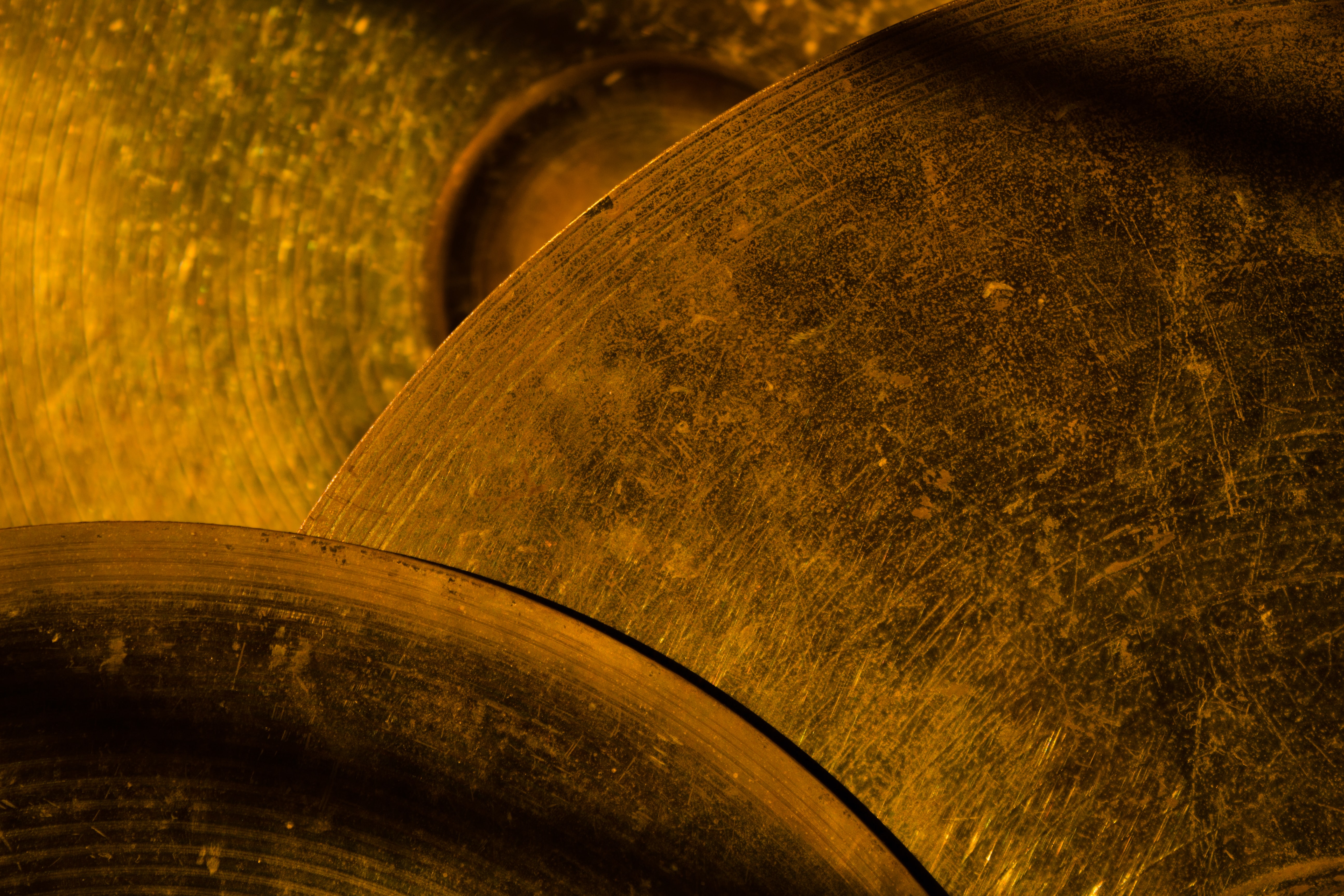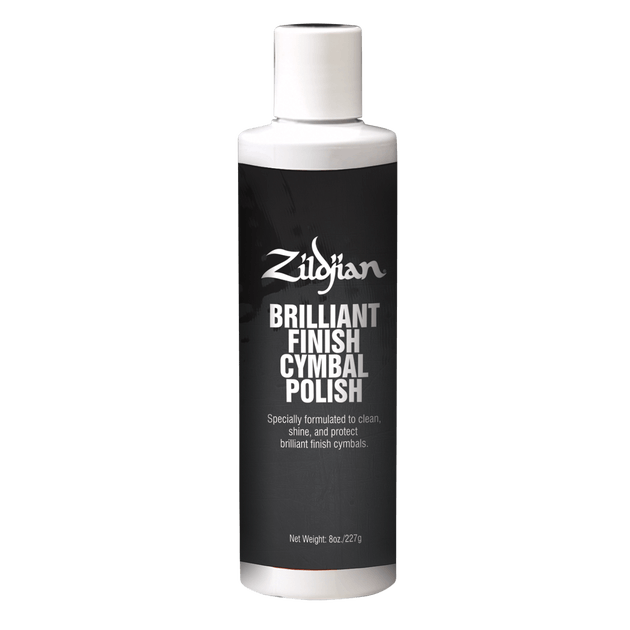Cleaning drums can be broken into a few distinct sections: cymbals, hardware, drum shells and drum hoops. You’ll want to make sure each of these elements of your kit are cleaned every so often. Your drums and cymbals will pick up dirt, dust and grime over time, meaning it’s important that you look after them. After all, dirty gear can have an impact on not just its look, but the sound of it too. In this blog, we will be focusing on cymbals specifically.
How to Clean your Cymbals
Does Cleaning Cymbals Affect Sound?
Before you actually start cleaning, you should consider how you like your cymbals to sound – because yes, cleaning a cymbal can have an effect on it. A cymbal that’s either brand new or has been cleaned is going to sound brighter than one that’s seen a lot of use (and hasn’t been cleaned regularly). This is due to a gradual build up of something called patina. This is a brown or green film that can be found on the surface of bronze and other metals. It’s created by the oxidation process. This patina usually leads to a slightly darker sound, as it reduces any high frequencies. Tonal changes, all because of a bit of grime eh?
It’s also worth pointing out that from a visual standpoint, this patina will result in a darker look, which contrasts with the brighter shine of a freshly cleaned cymbal. Ultimately, deciding to clean your cymbals can simply be down to how you like them to look and sound.

How do you Clean Dirty Cymbals?
Firstly, you need to determine whether you’re looking to clean them, polish them or do both. Cleaning is meant to remove dust, dirt and fingerprints, but polishing is intended to add the final shine after an intense clean. It’s meant to augment and compliment. Some cleaning products will claim to do both, other times you’ll need a specialist product for each process.
Anyhow, cleaning/polishing is a good idea if you want to prevent your cymbals from becoming discoloured, dull, rusty or cracked. However, make sure that while you clean your cymbals that you don’t apply too much force or bend them accidentally! You’ll also probably want to do this cleaning outside as it can occasionally get a bit messy.





Responses & Questions